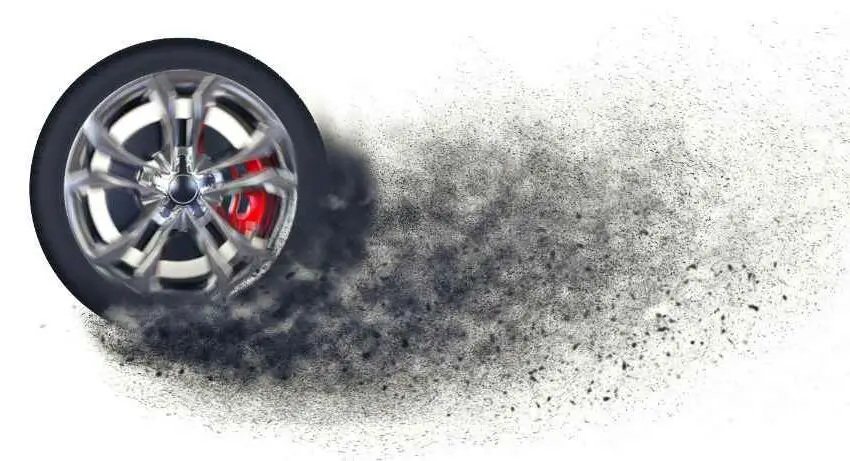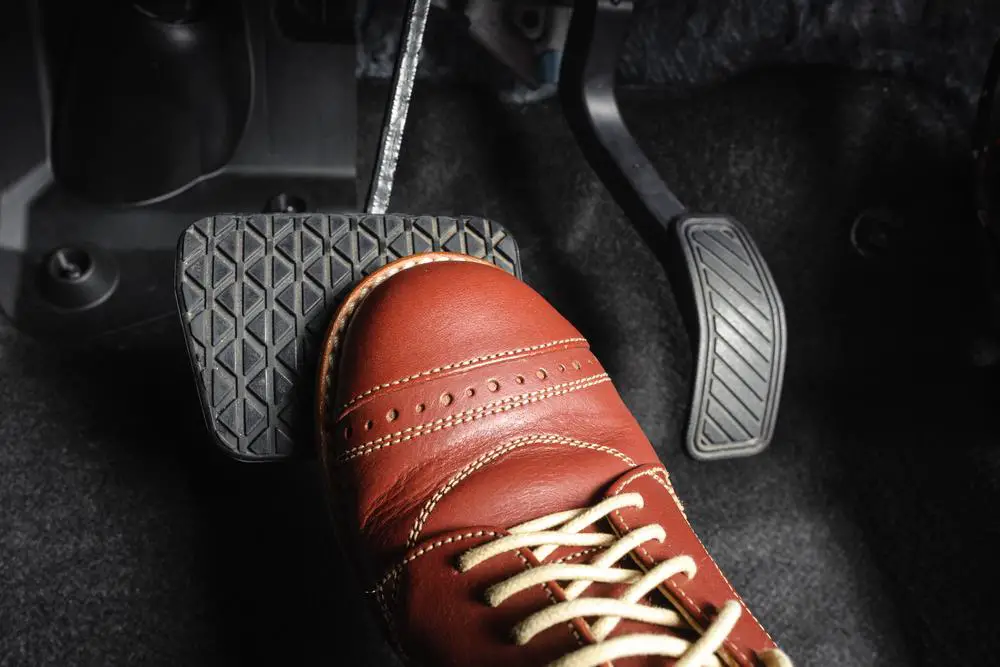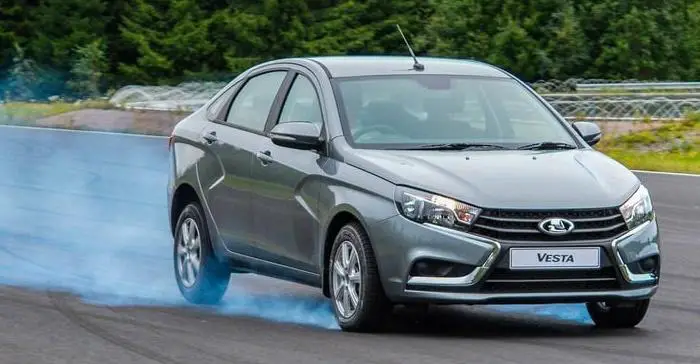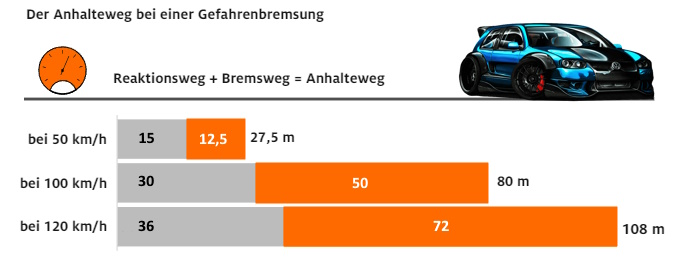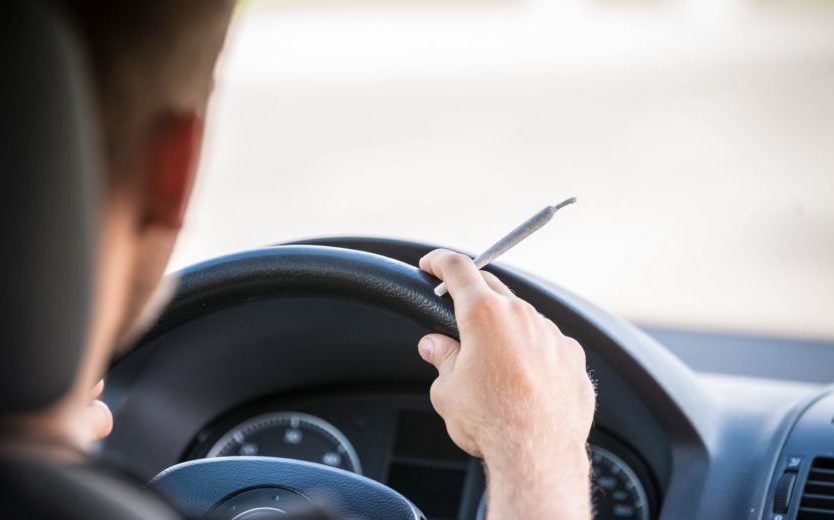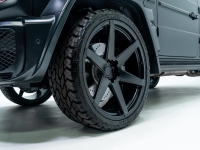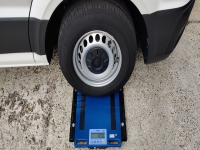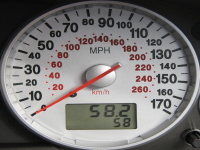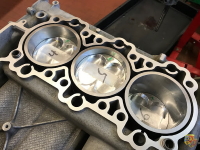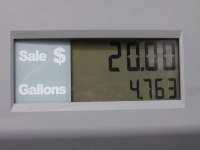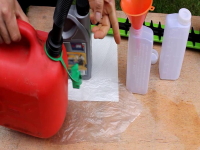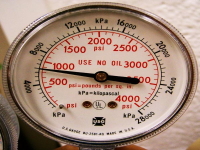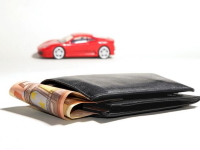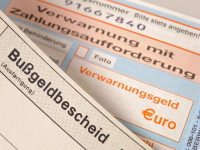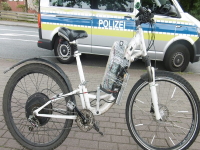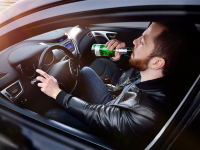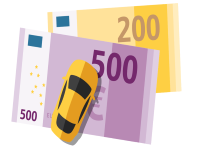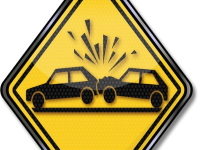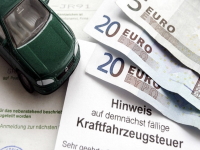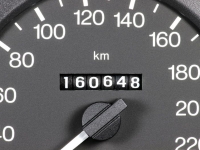Recently updated on March 28, 2023 at 10:48 am
Understanding the reaction pathway is critical to safe and alert driving. But what exactly is the reaction pathway and what external factors influence it? How do you calculate the reaction path? Here you will find all the important information, including ours online calculator! The reaction pathway is an important component in determining the stopping distance. But what does that actually mean? Imagine you are driving on a freeway at a speed of 130 km/h. Suddenly you see in the distance that there has been an accident. To avoid a collision, apply the brakes immediately. In that second that you react, many complex processes are happening that affect braking distance. In other words, the reaction distance is the distance your car travels in that moment of shock.
Reaction Distance & Braking Distance Calculator
| Speed | |
| reaction pathway | |
| Braking distance | |
| braking distance emergency braking | |
| stopping distance | |
| stopping distance danger |
The reaction path describes the distance covered before the vehicle comes to a standstill. It is about the time that the driver needs to react to an obstacle that he perceives in traffic. After the brain has processed the stimulus, the driver reacts, usually by pressing the brake pedal. During this time, the vehicle covers the reaction path. Approximately 0,8 – 1,2 seconds need drivers to react. The Braking distance on the other hand, is the distance that the vehicle needs to come to a standstill during the braking process. So from the moment you step on the brake pedal to a standstill. To the stopping distance to calculate need reaction distance and stopping distance added become. And actually there is also the "technical way" of the braking system until the brakes fully engage (approx. 0,2 seconds).
Calculate reaction path:
A quick way to calculate the reaction path, aside from our online calculator above, is to use the following formula:
- To divide the speed in kilometers per hour through 10 and multiply the result with you 3to get the reaction distance in meters. (speed in km/h ÷ 10) x 3 = reaction distance in meters)
Example of the reaction path at 50 km/h:
- As an example, suppose you are driving on a road with a speed of 100 km/h are on the road and are suddenly forced to make an emergency stop. The reaction distance you cover in this situation can be calculated using the following formula: (100 km/h ÷ 10) x 3 = 10×3 = 30 meters.
Tip: The reaction distance increases linearly with the speed.
Example of the reaction path at 100 km/h:
- If you are driving at a speed of 200 km/h and have to brake suddenly, you need a significantly longer reaction distance than at a speed of 100 km/h. The reaction distance in this case is 60 meters, calculated by applying the formula (200 km/h ÷ 10) x 3. However, it should be noted that the values obtained using this formula are only an estimate represent and in no way reflect the exact, situational reaction path. In fact, there are many other factors that can influence the reaction pathway. To learn more about it, feel free to read on.
Calculate braking distance: This formula works!
The distance that the vehicle travels from stepping on the brake to a standstill is the actual braking distance. This route is on a level road (no uphill or downhill gradients) depending on various factors such as the performance of the brake, the kraft, with which it is operated or the road surface.
- Rule of thumb (50 km/h : 10) x (50 km/h : 10) = 25 meters
With normal braking, the braking distance can be estimated cautiously if the initial speed is measured in km/h divided by a factor of 10 and the result with itself multiplied. So if you drive at 50 km/h, you cover a braking distance of 25 meters.
Emergency braking can halve the braking distance
- The braking distance depends heavily on whether the driver brakes normally or performs emergency braking in the event of danger. Real emergency braking can even cut the braking distance in half. At 50 km/h, emergency braking reduces the braking distance to approx. 12,5 meters.
Tip: The braking distance does not increase linearly, but as the square of the speed. In other words, at twice the speed, the braking distance is four times as long.
Factors that can influence the reaction pathway
There are numerous factors that can adversely affect the reaction pathway. Some of the influencing factors are listed below: Eexhaustion, consumption of alcohol or drugs, health problems, wet or dirty roads, wind, inattention, taking medication, insufficient braking power from the vehicle. It should be noted that in reality not all conditions are optimal and factors can occur in everyday life that have an unfavorable effect on the reaction path in an emergency.
Human error
A potential cause of the lengthening of the reaction path can be driver failure. Both tiredness and inattention can result in valuable milliseconds or even seconds being lost in the event of an accident. Likewise, certain drugs that impair the ability to react can lead to a longer reaction pathway.
Medical Conditions & Alcoholism
The combination of drugs/Drying and alcohol is of particular concern as it can further impair the ability to react. It is always advisable to Alcohol to avoid losing your driver's license and not to endanger yourself or others. Furthermore, people suffering from certain medical conditions should be particularly careful, as these can negatively affect their ability to react. Elderly people in particular should be careful when driving due to possible visual and motor problems.
External Factors
But not only the person at the wheel is responsible for a longer braking distance. External factors can also contribute to the fact that a quick reaction does not bring the desired success. A wet road, leaves or a trace of oil can impair driving safety and the braking distance. Strong winds can also be an obstacle. If the wind direction is good, braking can even be done positive influenced, but one should not rely on the vagaries of the weather. Other factors:
- bad road conditions / slippery
- too little / overaged brake fluid
- defective brake booster
- dirty / worn brake pads or discs
- Leaking brake systems with air and water pockets
- bad tire conditions
You should be careful, especially in autumn, as unfavorable wind conditions can increase the braking distance. It is also important to regularly check the brakes to ensure they are working properly.
By the way: tuningblog has other options for Calculation of various things on-line. The following gallery provides an overview of all available computers:
 tuningblog.eu Your magazine about tuning the car
tuningblog.eu Your magazine about tuning the car
